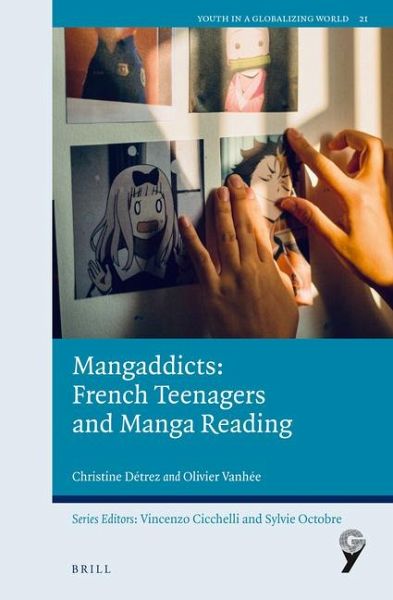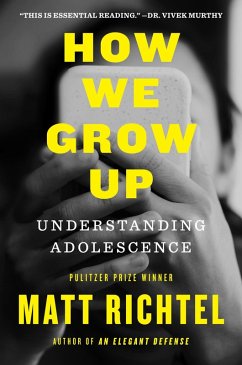
Mangaddicts
French Teenagers and Manga Reading
Übersetzung: Berthé, Florian
Versandkostenfrei!
Versandfertig in über 4 Wochen
125,99 €
inkl. MwSt.
Weitere Ausgaben:

PAYBACK Punkte
63 °P sammeln!
Just pronounce the word "manga" and conflicted representations of media reception emerge: either passive teenagers immersed in Japanese fictional worlds, or hyperactive fans. To understand what drives a variety of teenagers to read manga, we conducted empirical research among French readers enrolled in secondary schools. Manga is part of a whole constellation of interests, including music and digital technology. It is also the object of analytical, ethical or concrete appropriations. Reading then becomes a way to deal with past experiences and to connect with others, to learn how to express em...
Just pronounce the word "manga" and conflicted representations of media reception emerge: either passive teenagers immersed in Japanese fictional worlds, or hyperactive fans. To understand what drives a variety of teenagers to read manga, we conducted empirical research among French readers enrolled in secondary schools. Manga is part of a whole constellation of interests, including music and digital technology. It is also the object of analytical, ethical or concrete appropriations. Reading then becomes a way to deal with past experiences and to connect with others, to learn how to express emotions and to assert (or contest) age and gender norms.












